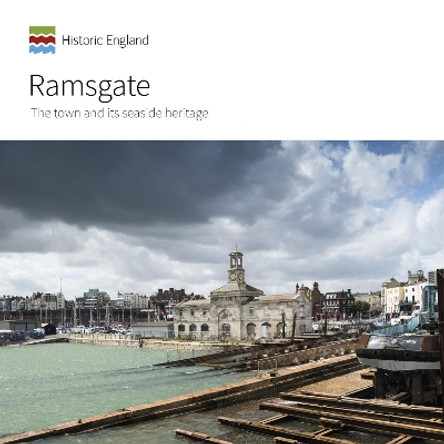This book charts the history of Stevenage new town centre, looking at its planning, development, design influences, significance and survival. The historic market town of Stevenage was the first location to be designated for major expansion under the New Towns Act 1946, making it Britain's first post-war new town. As part of this a new town centre was planned from 1946. Informed by the ideas of figures including Gordon Stephenson and Clarence Stein, among the leading planners of their day, the detailed design of this area was undertaken in the 1950s by Stevenage Development Corporation, under Chief Architect Leonard Vincent. The shopping precinct, with surrounding car parks and bus station, was built first, begun in earnest in 1956 and officially opened in April 1959. Its design is notable: the fully pedestrian precinct is one of the earliest examples of this kind of development in Britain and on a scale unequalled in Europe at the time of its initiation. The shopping precinct, designated as a conservation area in 1988, is notable for its uniformity, integrity and level of survival. Provision was also made in the town centre for offices, community, entertainment and public buildings, which will be discussed in this book, along with expansion works undertaken in the 1960s and '70s.
About the AuthorEmily Cole is a historian and Senior Architectural Investigator with Historic England. Elain Harwood is a Senior Architectural Investigator with Historic England, specialising in the years after 1945. Edward James is a Historic Places Adviser with Historic England, covering the East of England region.
Reviews'This book marks the maturity of the town centre, on the brink of being carried forward to cater for another way of modern living... a pleasing book to hold, to read and to refer to, quite definitely a local history but set within a context of international significance and enduring academic interest.' Gary Moyle, The Local Historian
Book InformationISBN 9781800855991
Author Emily ColeFormat Paperback
Page Count 176
Imprint Historic EnglandPublisher Liverpool University Press










